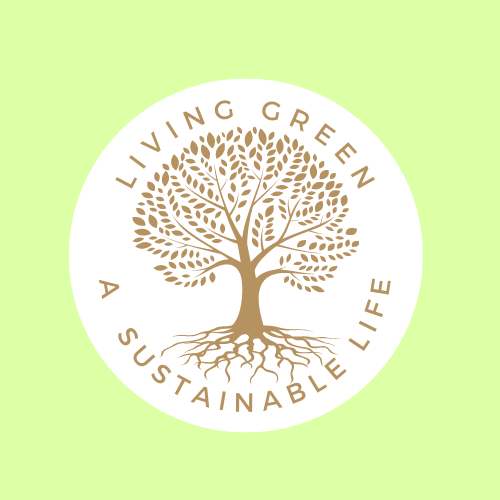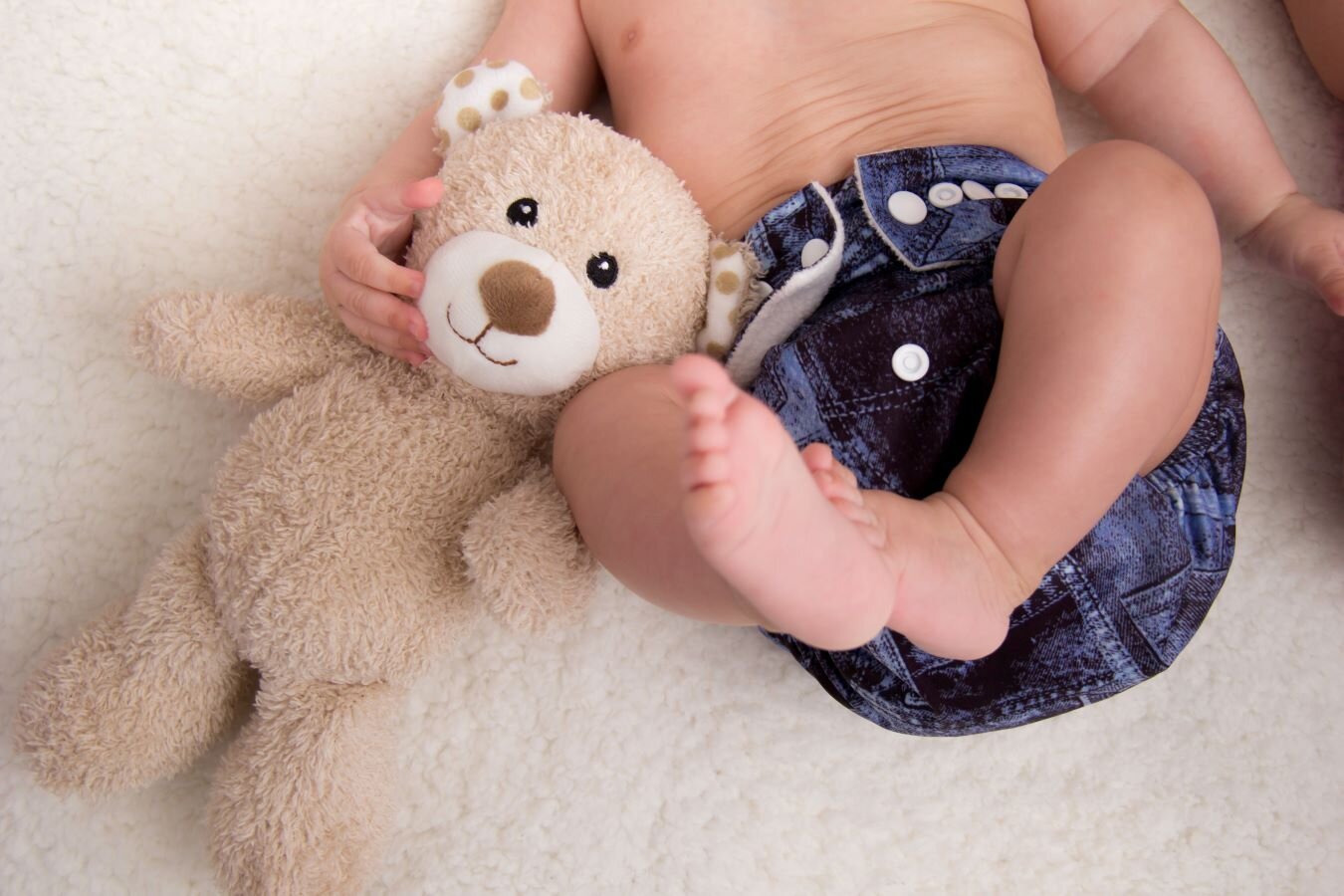How to Choose Cloth Nappies
Heading into the world of reusable nappies can be a daunting one. You start off thinking right I’ll just buy some and get started. However, a quick Google search may leave you in despair thinking “what style is what?”, “are more expensive ones going to contain more?”, “where on earth do I start.”
You can take questionnaire such as The Nappy Lady’s one here, which will take into account factors in your lifestyle and give you an answer on a style to buy (worth a look at of course), but I really recommend against taking this advice alone and buy all one thing suggested.
The best way to choose the right cloth nappies for your baby is to start by trying out a few different styles to see which you like before buying more. It is best to have a variety of nappy styles in your stash for different scenarios.
Long car journeys, nap time, night time, raining days rubbish for drying nappies, or quick before bath time changes will have you reaching for a different nappy each time. Plus it’s nice to try different styles, and have variety in your life.
How to Choose the right cloth diapers for you.
Buy a variEty of nappies and start small.
The most important factor when wanting to start with cloth nappies is to start small and varied. Diving in with a lot of one thing could leave you disappointed and out of pocket. It’s probably the main reason people through in the towel too early.
Reusable nappies/diapers come in a whole host of colours, sizes, styles and price ranges. Instead of seeing this as overwhelming I think we should see it as a positive fun thing to be explored.
If you do buy all the same style, you can of course make this work. For example adding extra absorbency as and when needed, or perhaps just living with a bulkier nappy that has enough absorbency for every occasion. But if your yet to buy anything I cannot recommend more the idea that slow and steady wins the race.
Read: Modern Cloth Nappies. A simple illustrated guide.
Cloth Nappy Brand Index. And which are best.
You might be wondering why you need a different style for every occasion. It’s because there are pros and cons to all different nappies. For example, the popular Bambino Mio Solo, sold in supermarkets across the country and what I like to call “the gate way nappy” is a favourite of mine for getting started. They are easy to fit (good for beginners and later when your baby heads off to child care) and quick drying. However they aren’t the most absorbent and personally I’m not a massive fan or velcro (it doesn’t last any where near as well as poppers.)
However despite the cons I think it’s always useful to have this type of nappy in your stash, because sometimes you’ll have cold wet days when your nappies seem to take an age to dry (mio are microfiber and quick drying), these will be your go to then. Or times your baby does a poop an hour before bath time, you can throw these on quickly, or a confused Grandparent takes them for the day. These are my go to for all those scenarios.
how old is Your baby?
Having a variety of nappies will also help when it comes to the age and size of your baby. Yes most nappies are Birth to Potty (one size) meaning they should fit from around 2/3 months until they potty train, but sometimes the reality can be a little different.
This is because babies change shape are they grow. For example I felt my Close Parent Pop In’s got a little tight width wise on my daughter around the 9 month mark. I wondered how on earth they would fit her until she was 2-3 years old. But once she started walking she slimmed down pretty quickly. At this age babies tend to grow length ways and loose the baby fat.
I find this a very common problem with parents. Plus every child is different and will change shape at different times. You may find yourself going up and down popper rises.
My point is during this time I found I reached for other nappies such a Baba and Boo which are more forgiving around the waist. Later coming back to my Pop Ins which are generous length ways are she became taller.
This isn’t to say I have a huge huge stash, because I don’t, I like to stick to the minimum amount we really need without leaving ourselves short (about 30 nappies), just that I use more of one type at different times and have favourites are different times.
This ethos has differently kept me in love with my cloth nappies and has stopped me ever feeling like I want to switch to disposables for different reasons.
Start with the easiest.
When starting with cloth nappies I really recommend starting with something easy. Simple all-in-ones, standard off the self nappies and commonly used well known brands.
This maybe a controversial comment, because these types of reusables are not always the best, for example Bambino Mio’s, which aren’t as loved by seasoned cloth nappy parents.
Yes terry squares, muslins, two parters etc may save you money but they are also be a little daunting. This is why I suggest a slow start, even if you buy both. Ease yourself in, don’t overwhelm yourself. Remember that every reusable nappy you use is one saved from landfill.
I’m currently pregnant with my second, we didn’t use muslins as nappies with my first and I want to this time round but you can be sure I’m take the old faithful pocket nappies to the hospital and will be using these in the early days. Once I’m at home, alone, with time to practice I’ll give the muslins a go.
Consider the fabric you buy.
When buying cloth nappies there may often be a choice of which fabric you would like for you inserts.
Materials range in absorbency from..
Microfiber (the least absorbent but it does soak up liquid quickly.)
Cotton (more absorbent that microfiber, also absorbs quickly)
Bamboo (holds liquid well)
Hemp (the most absorbent).
I have therefore found the best for day time nappies to be a bamboo cotton blend. The cotton will absorb the flood and the bamboo will hold the liquid for a longer period.
However with many brands you may not get a choice and for this I would say again don’t worry too much. Boosters can be added (pure bamboo and hemp are great for boosting).
Once again this is why I recommend having a few different types of nappies and materials. Remembering that the more absorbent materials will take longer to dry. Cold rainy days see microfiber coming to the rescue every time.
Consider bUying seCond hand or contact a nappy library.
If your worried about the cost of buying nappies to try out or want to make sure you have a full stash with different bits to try before baby gets here (like I did, in an attempt to avoid disposables all together) I really recommend buying some nappies second hand or renting from a library.
I promise it’s not gross. Strip washing and a decent wash routine will make sure your nappies are more than clean enough for baby.
Second hand and renting are great ways to try before you buy.
Read: “Navigating the Pre-Loved Nappy Market.”
Don’t worry about it too much.
I can’t stress enough the importance of not worrying too much. This is what stops so many people I know starting with cloth nappies. The cost, the choice, the washing routines. It’s all just something you have to do to figure it out. Which is why I believe starting with a few choices is the best way you can go about choosing the right cloth nappies for you.
Hannah xxx












How many cloth nappies will you need to go full time and ditch the disposables for good?